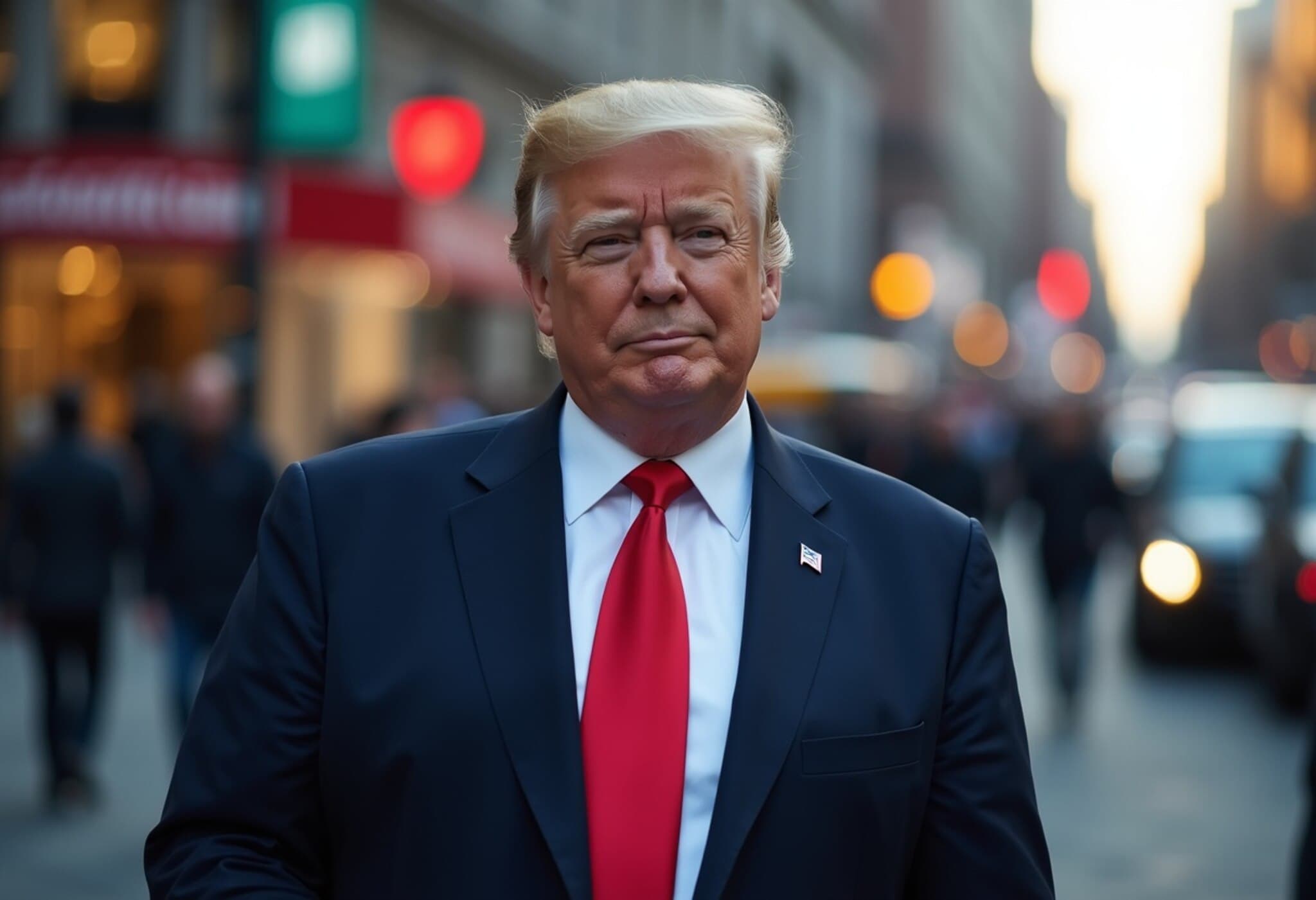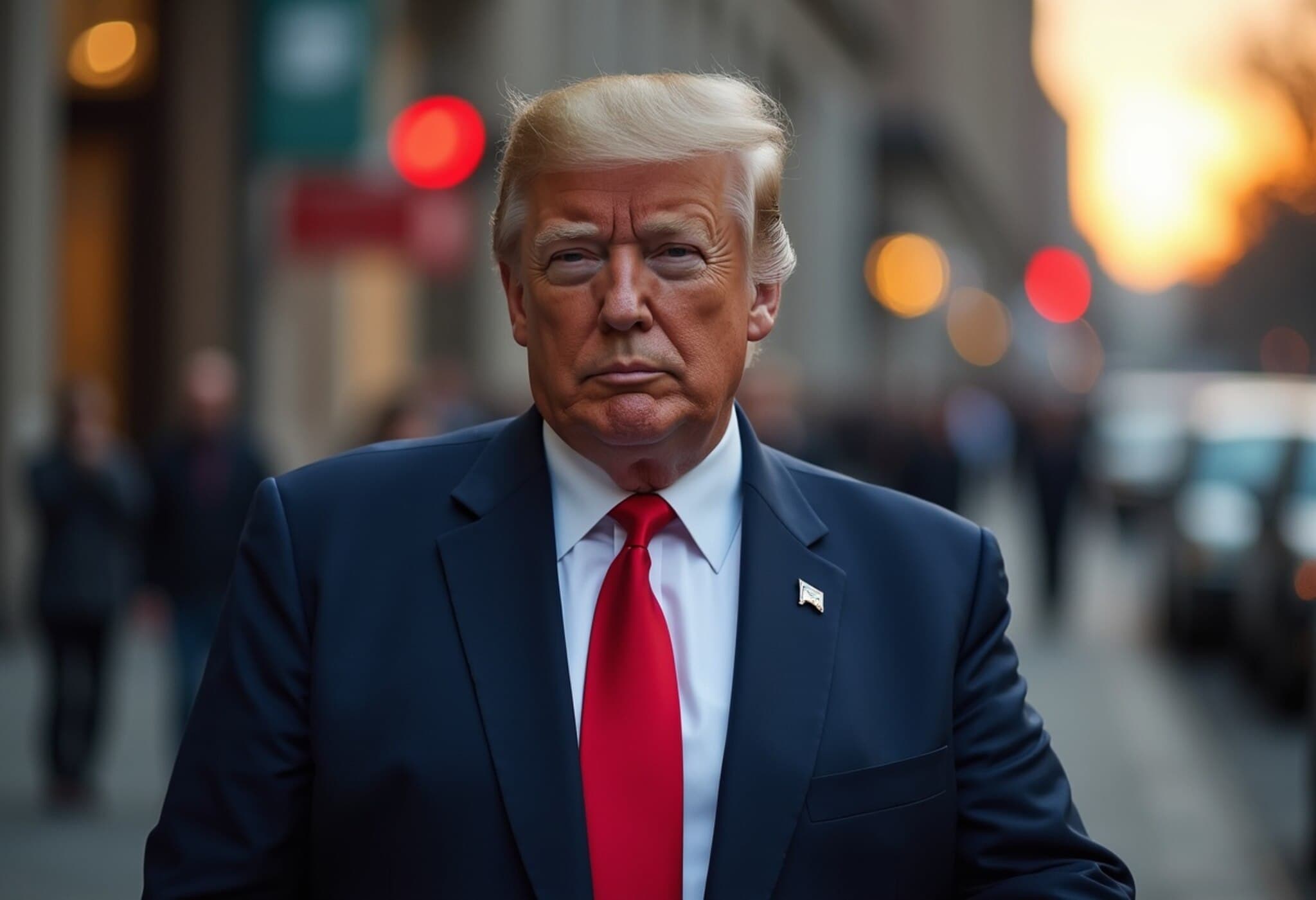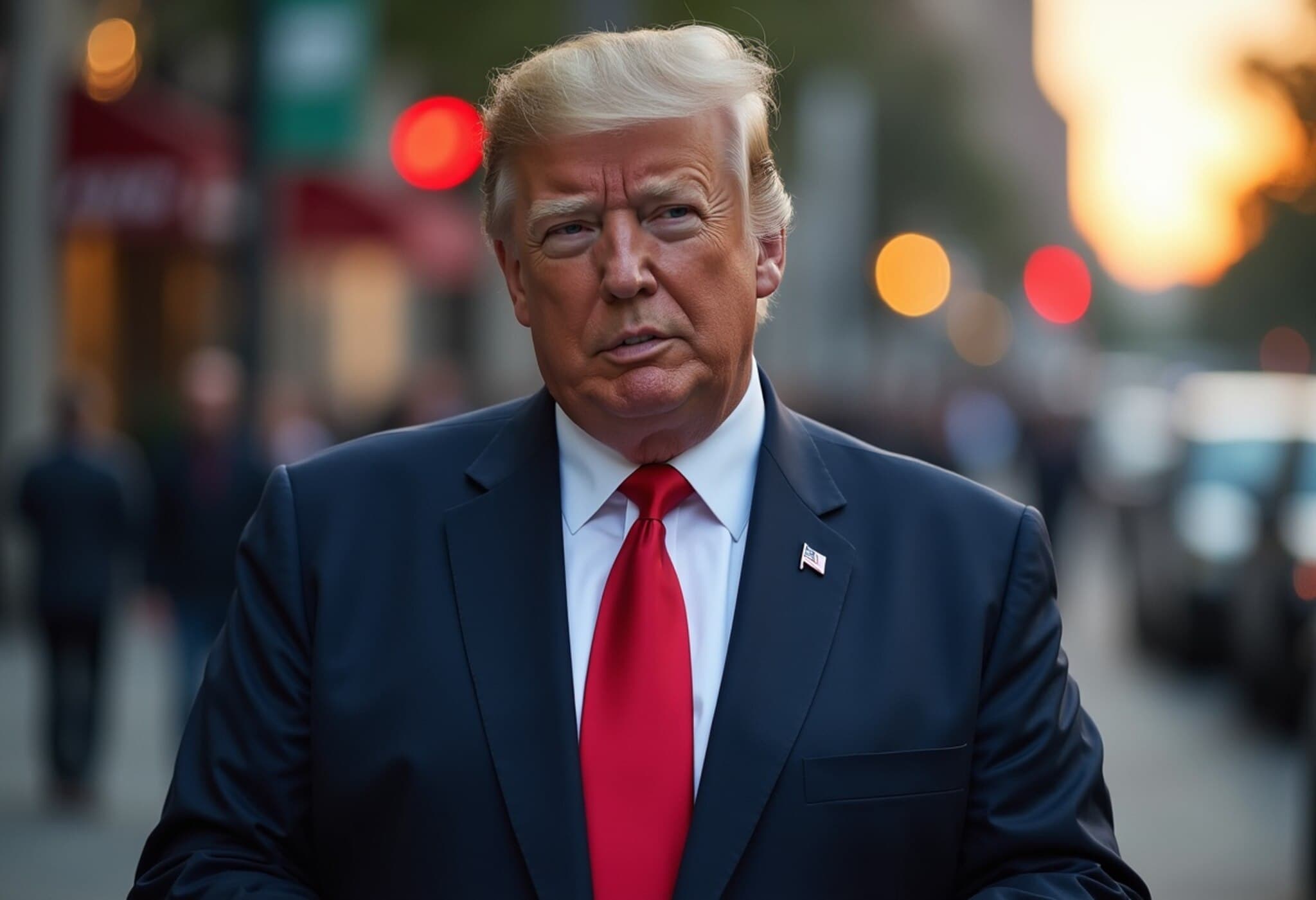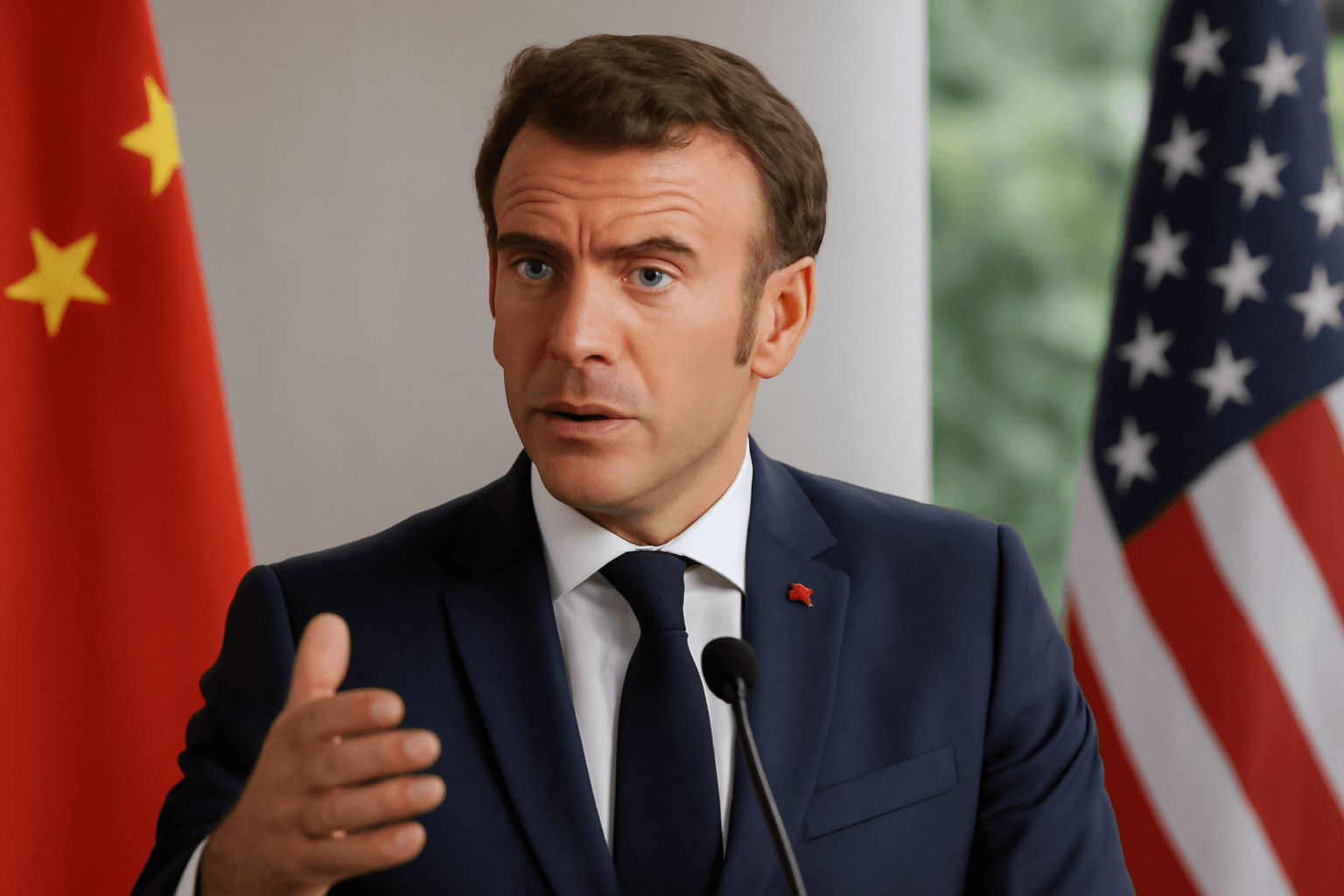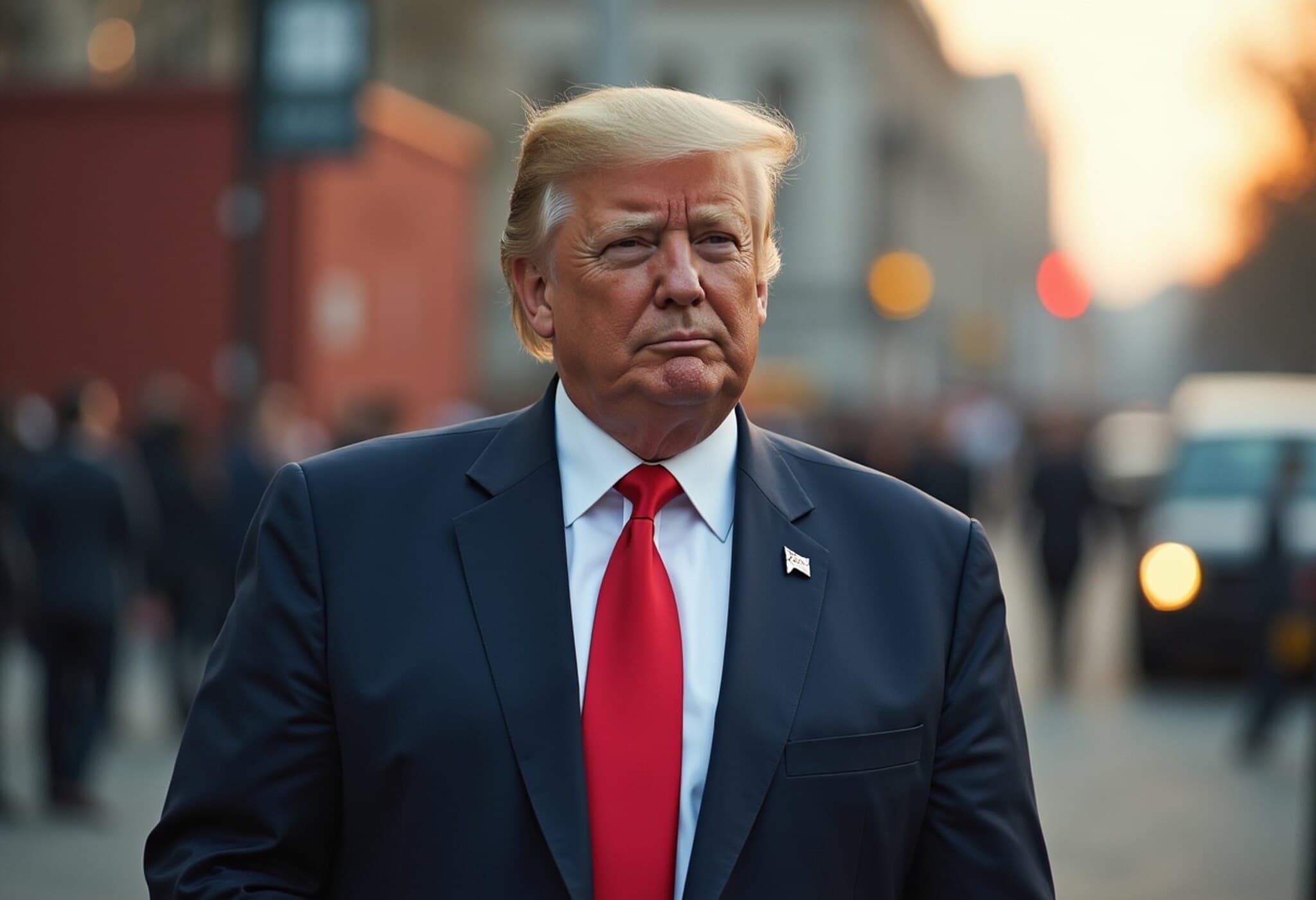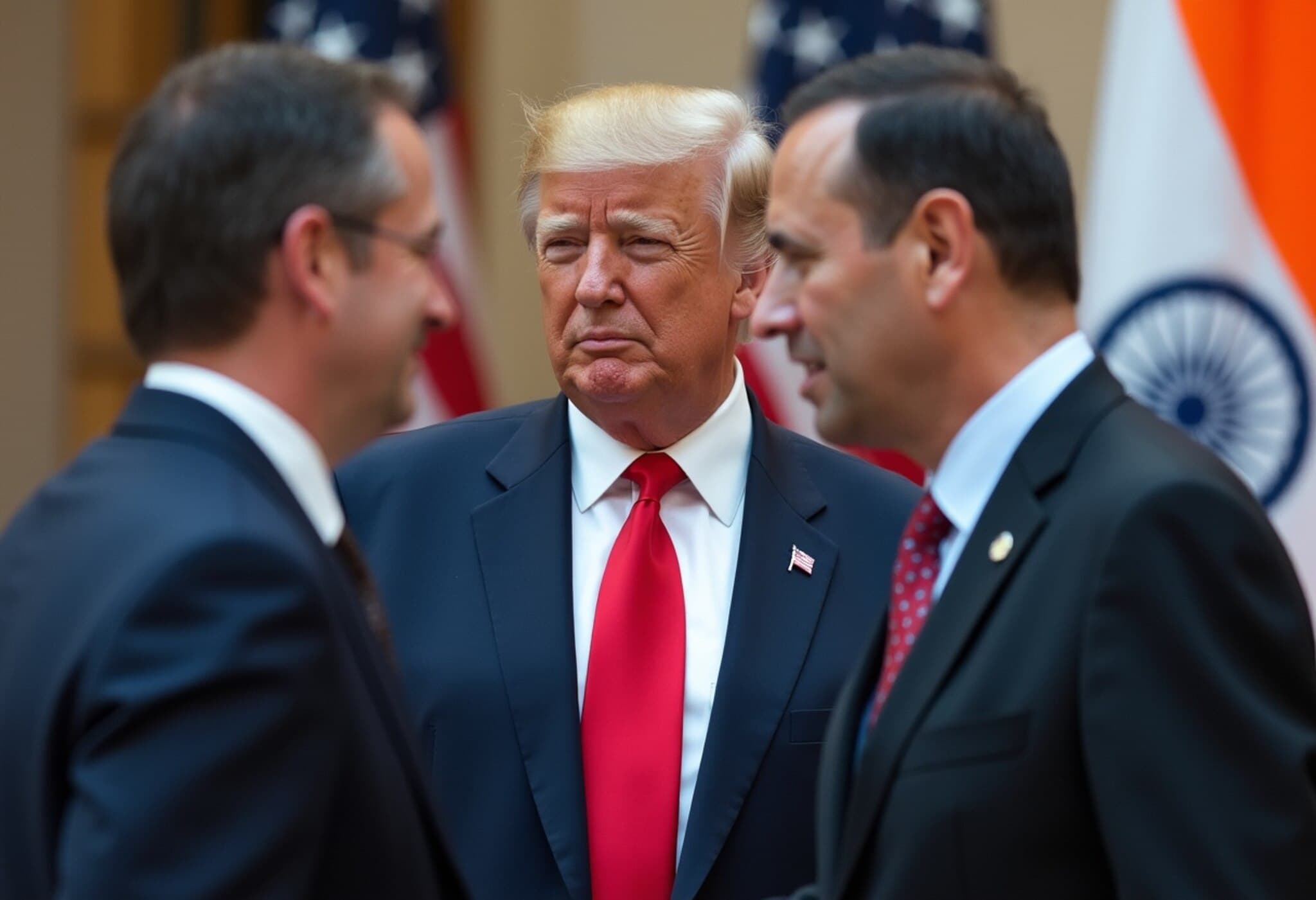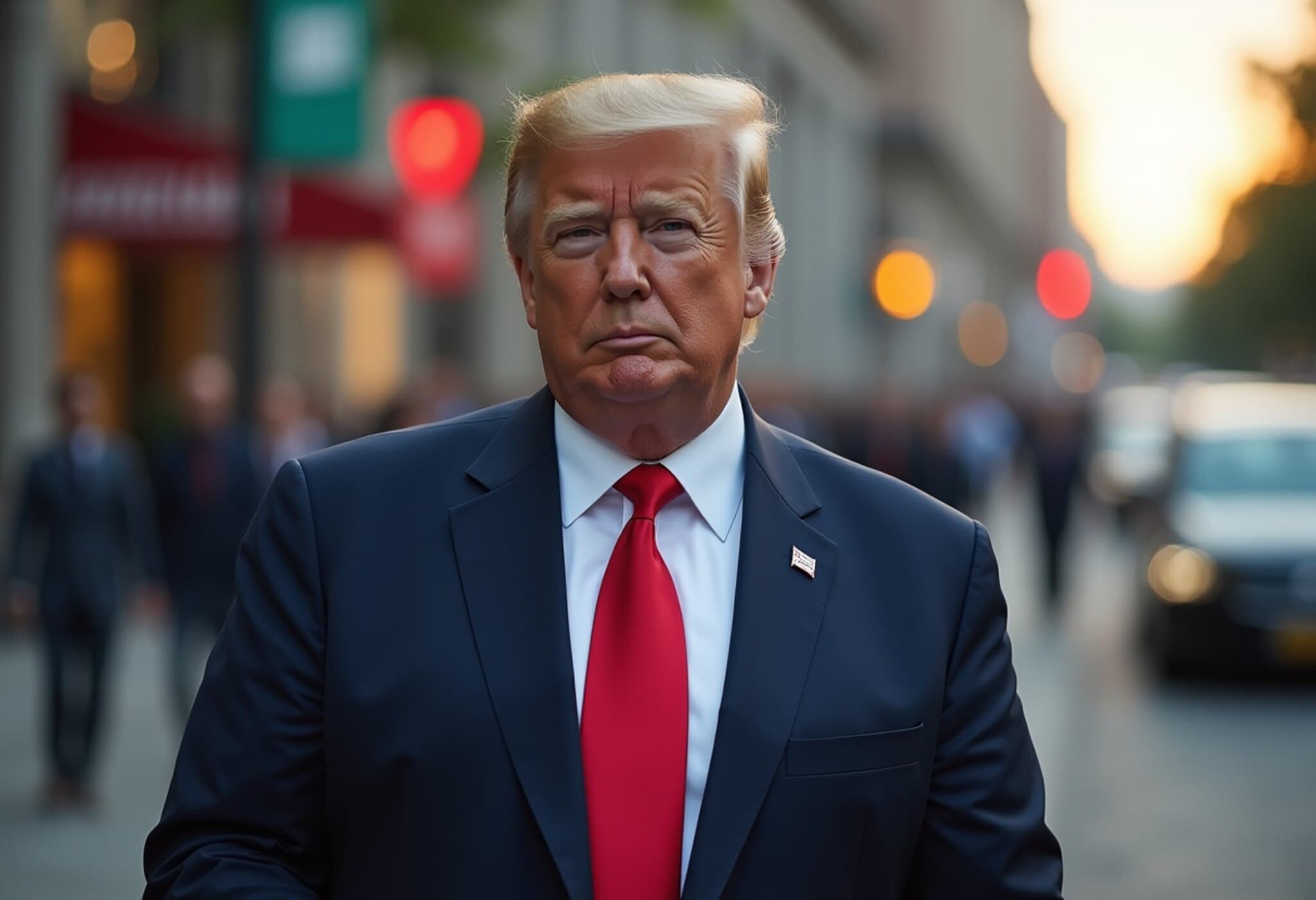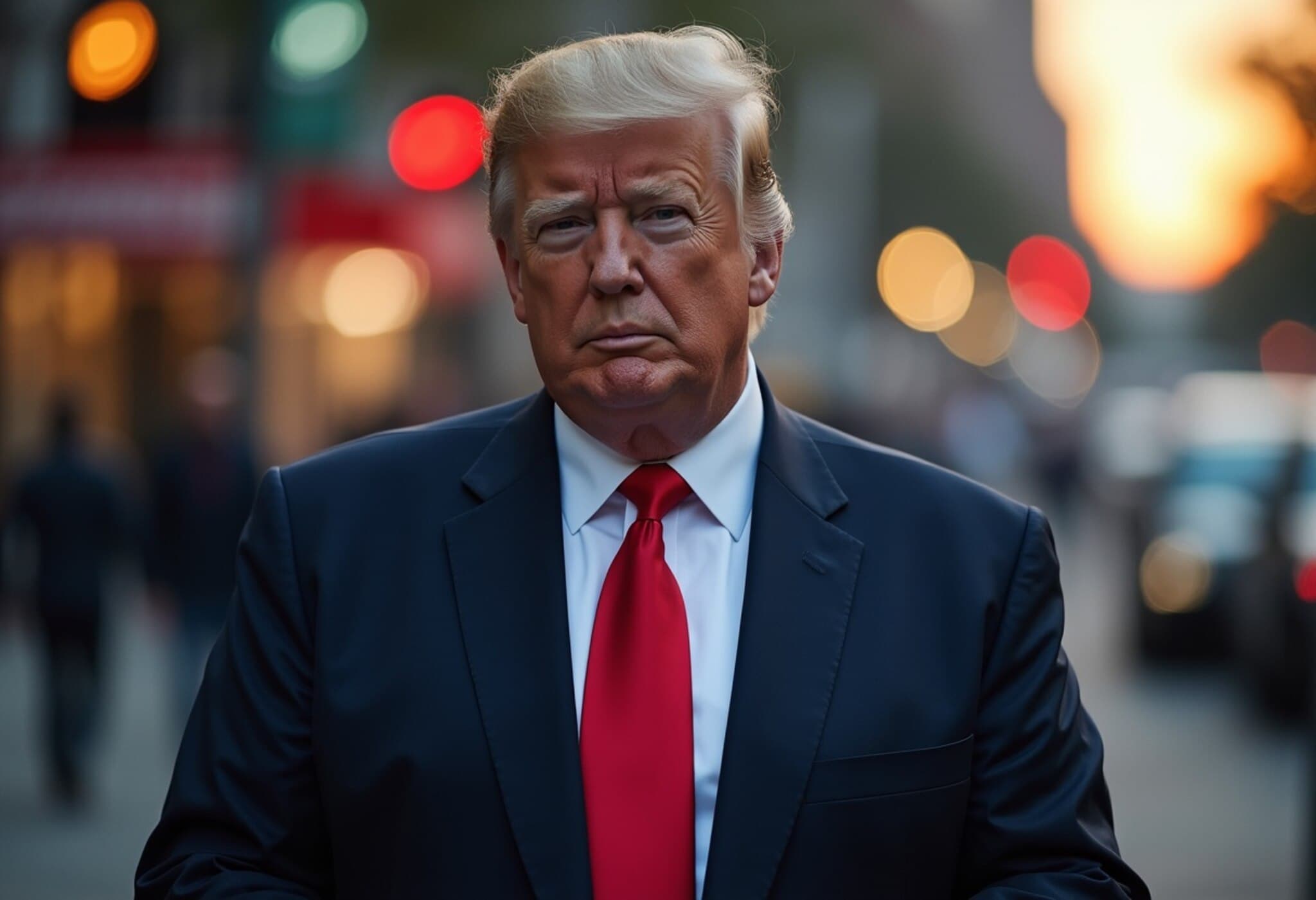Trump's 30% Tariffs on EU Goods Stir Mixed Market Reactions
As the clock ticks toward August 1, when U.S. President Donald Trump plans to impose 30% tariffs on imports from the European Union and Mexico, global markets are bracing for impact. Yet, European markets opened relatively calm despite the looming threat, with the Stoxx 600 index dipping less than 0.5% in early sessions following Trump's announcement. This tepid response sharply contrasts with the severe sell-off seen earlier this year when Trump first proposed tariffs on EU goods.
From ‘Liberation Day’ Panic to Present Complacency
Back in April, the announcement of a 20% tariff on EU products triggered a dramatic plunge in European equities—Stoxx 600 lost over 2.7% immediately and up to 10% over the next days. Fast-forward to July, and the sentiment has morphed into a surprising calm. Market participants appear to be embracing what some call the TACO trade (Trump Always Chickens Out), betting that these tariff threats are more bluster than forthcoming policy.
Michael Field, a European market strategist at Morningstar, explains, "Investors seem unconcerned, viewing tariffs as negotiation tactics rather than imminent measures. Still, there’s an undercurrent of complacency that may underestimate the administration’s resolve." Many traders anticipate a last-minute deal between Brussels and Washington that could avert a trade war.
Analyst Perspectives: Will Trump Follow Through?
Despite investor confidence, several experts warn against underestimating Trump’s determination. Anthony Esposito, CEO of AscalonVI Capital, cautions, "The EU is unlikely to fold easily, and these tariffs could materialize, hitting global GDP growth at a fragile moment for Europe, where sovereign debt levels are historically high." Such tariffs don't just risk economic hurdles but also threaten geopolitical relations during uncertain times.
Kevin Yin, investment VP at Asterozoa Capital, notes that the political landscape has shifted. "With U.S. stock markets near all-time highs and widespread complacency, Trump has stronger leverage to impose tariffs. However, sensitivity to rising bond yields may exert counterpressure on the administration." This duality reflects the complex forces shaping trade policy decisions.
Potential Economic Fallout and European Resilience
The European equity markets have enjoyed a banner year, buoyed by diversification away from U.S. assets and promises of substantial fiscal stimulus. For instance, Germany’s DAX has surged approximately 21% year to date, and Italy's FTSE MIB is up 17%. However, experts warn that imposing a 30% tariff could disrupt this momentum.
- Michael Field warns that tariffs at this scale could seriously dent European GDP growth, dampening investor enthusiasm.
- Dan Coatsworth, investment analyst at AJ Bell, highlights that tariffs threaten the rally by introducing uncertainty, potentially triggering profit-taking.
- Conversely, senior economist Anthony Willis points out that EU exports to the U.S. only represent about 20% of total exports, meaning significant trade channels would remain unaffected, providing some buffer against shocks.
Trading Strategies Amid Heightened Uncertainty
In this shifting landscape, investors are recalibrating their portfolios. Anthony Esposito advises caution—expect broad pressure across asset classes but sees opportunities in defense, financial sectors, and precious metals amid rising defense expenditures and stable European Central Bank rates.
Kevin Yin suggests a potential sell-off in U.S. Treasurys and a rally in gold and U.S. industrials if tariffs take effect, warning that European exporters, especially automotive equipment manufacturers, may face substantial headwinds.
Broader Implications for Global Trade and Policy
Underlying this trade tension is a broader narrative about the fragility of globalization and the risks posed by protectionism. The Trump administration's tariff threats reflect a willingness to disrupt established alliances and economic patterns, seeking leverage amid complex geopolitical maneuvers.
For the EU, retaliatory measures remain on the table, signaling a readiness to defend economic interests vigorously. Such tit-for-tat escalation could stoke uncertainty in an already volatile global economy, challenging policymakers and investors alike.
Editor’s Note: Navigating a Precarious Trade Landscape
As the August 1 deadline approaches, the markets’ calm masks a delicate balancing act between diplomacy and economic brinkmanship. The “TACO” trade may reflect hope or complacency, but the risk of a major tariff imposition on the EU threatens to reshape investment flows, economic growth trajectories, and transatlantic relations.
Key questions remain: Will negotiations avert a full-scale trade conflict? How prepared is the EU to withstand and respond to such tariffs? And, for U.S. policymakers, what economic and political costs are acceptable in pursuit of tariff leverage?
For investors and observers alike, vigilance and strategic adaptability remain critical amidst this evolving saga.

